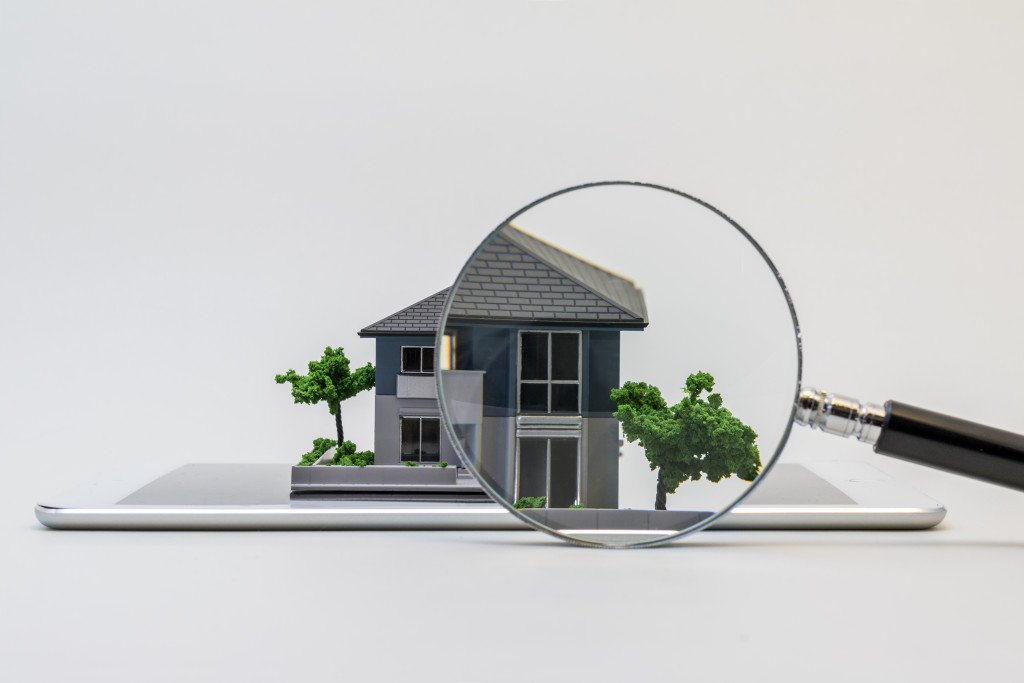Climate change is going to have an overwhelming effect on the lives of many people. It is going to affect your life in one form or another. One aspect that will have to be a major factor is your choice of homes. Whether you are buying a build home or have to start from the ground up, making sure it is ready for climate change is a priority. Here are some tips that should help:
Location Is Important
One of the big decisions you have to make when evaluating house and land packages for sale is the exact location of the property you are buying. Several places should bring up red flags for your plans. For one, coastal properties are not a good choice right now. Even with the best precautions, rising sea levels would be devastating to such homes. The flooding problem is also not limited to the seaside homes. Places near rivers and lakes can still be devastated by floods. Besides, flooding, there are also fires.
Forest fires have destroyed billions of dollars in homes. Take note of the history of the area and if it faces the risk of fire. Other things to research are the weather conditions that usually strike the area. If it gets really cold during winter, it will only get worse with climate change.
Identify The Ways To Mitigate Risks
Sometimes, you can’t help but buy a house that faces some climate risk. It might be because of the unbeatable price or other factors. But this still means you have to face the dangers of the elements. You likely did your research on what problems you might face so you can also put some research into the methods on how to lower the risk and damage.
For example, in a flood-prone area, the best way to avoid water damage is to elevate your home. This is the traditional solution for a house in a watery region as can be seen in countries in Asia. While setting up on stilts is not workable, ensuring that most of your living areas are on the second floor can be a good move.
Aim For Resilience
Another thing to aim for is to aim for resilience when it comes to construction. During construction, your house will need to meet the building code, which is the minimum required to ensure safety standards. The idea is to go beyond the standard and choose to build with higher restrictions. For example, there are building standards like the LEED standard that demand more from a home than just being livable. It needs to be environmentally sound and use less energy.
Other green building certification programs can help guide you to the sort of building that you will need. Besides being tougher, most of these buildings are also very ecologically friendly.
Choose The Right Building Materials

Building materials also influence how a home can handle the threats of climate change. Depending on what risks in your area are, there are various choices available. For example, if the area is flooding prone, you want concrete walls as the main component of your home. Concrete is tough and can handle several days of exposure to water without being eroded or damaged.
Work With Architects
The design can also influence how the home can handle the various climate threats out there. For example, if the area is prone to storms and strong winds, the normal roof design is not going to help it. Round houses are a favorite, with aerodynamic designs minimizing the damage of even cyclone-force gales. Dome houses are also a good choice since the wind can’t find a way to live a roof with the design.
Make The Right Upgrades
A major issue would be buying an existing house. Making changes to it so that it would be able to handle climate emergencies can be expensive. But a bit of creativity can help with the issue. For example, with some creative landscaping, you might be able to lower the chances of flooding. Putting flood barriers and channels ensures that minimal water would reach your actual house. Other climate-proofing changes would be to upgrade the insulation of the home so that it can handle extreme heat and cold better.
Becoming a homeowner is the goal of many people. Ensuring that the home doesn’t get ruined by the effects of climate change is simply a good way to protect your investment. The above tips should help ensure that your house will survive anything that happens while also ensuring the comfort of the occupants.

